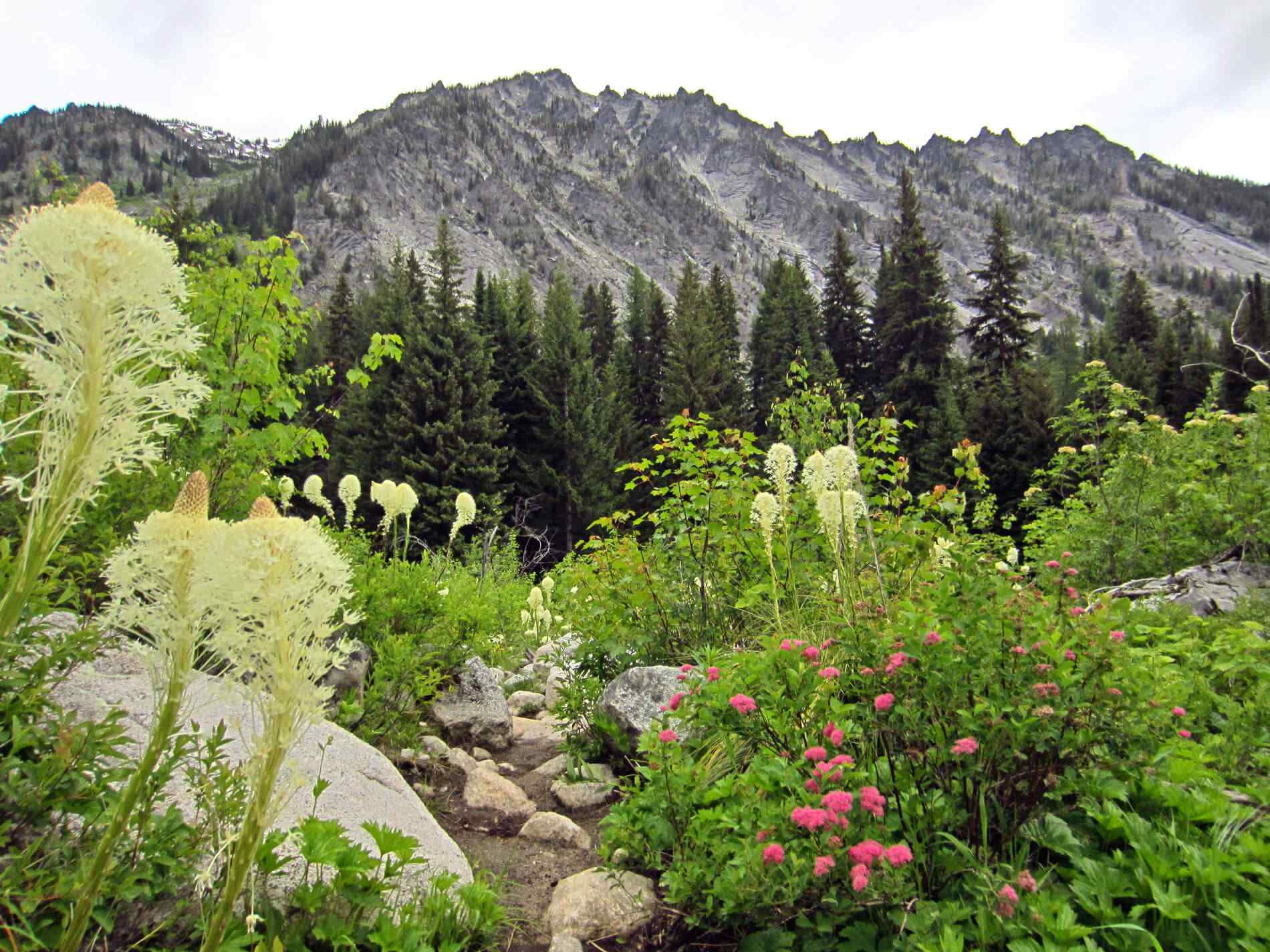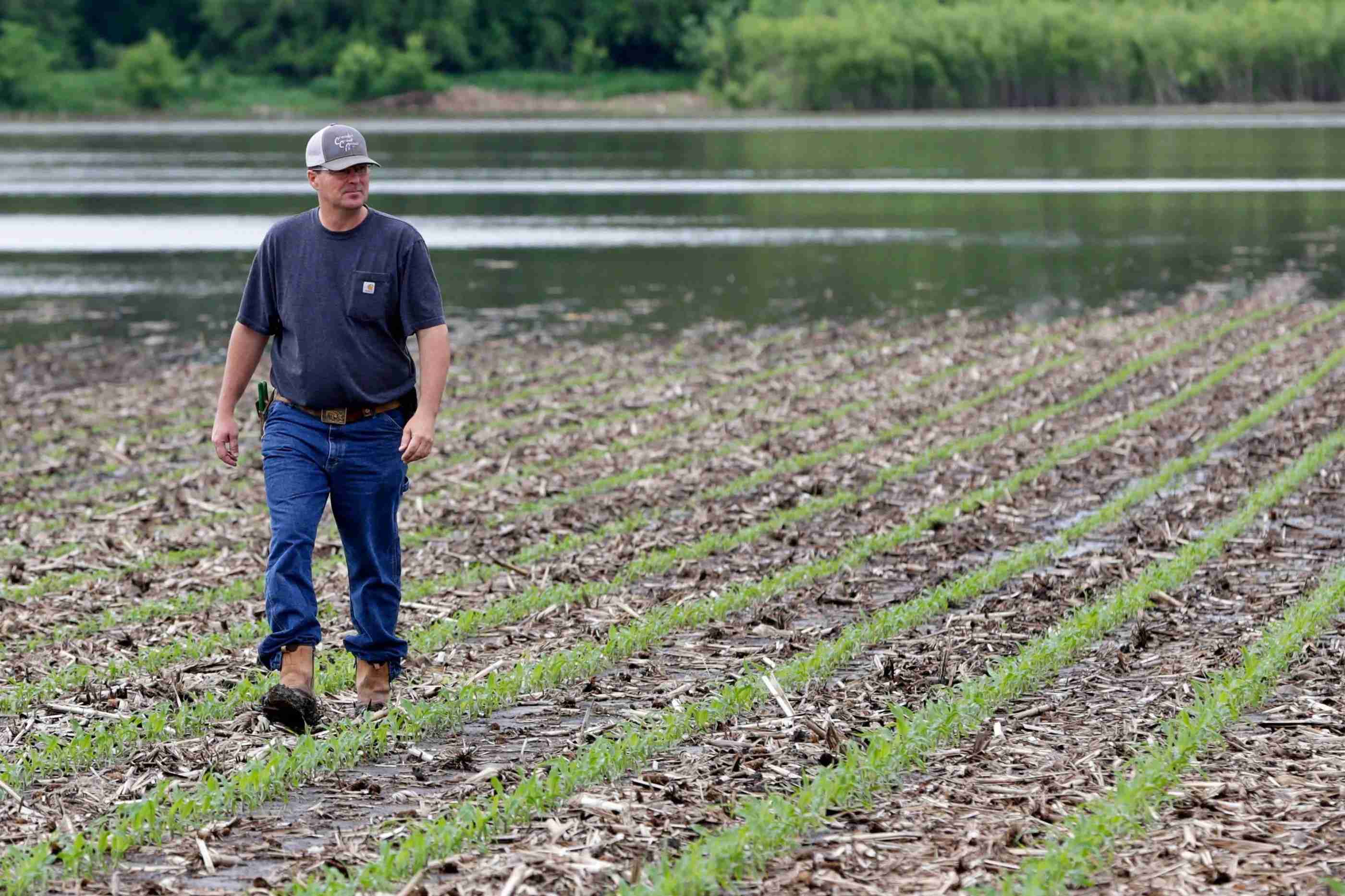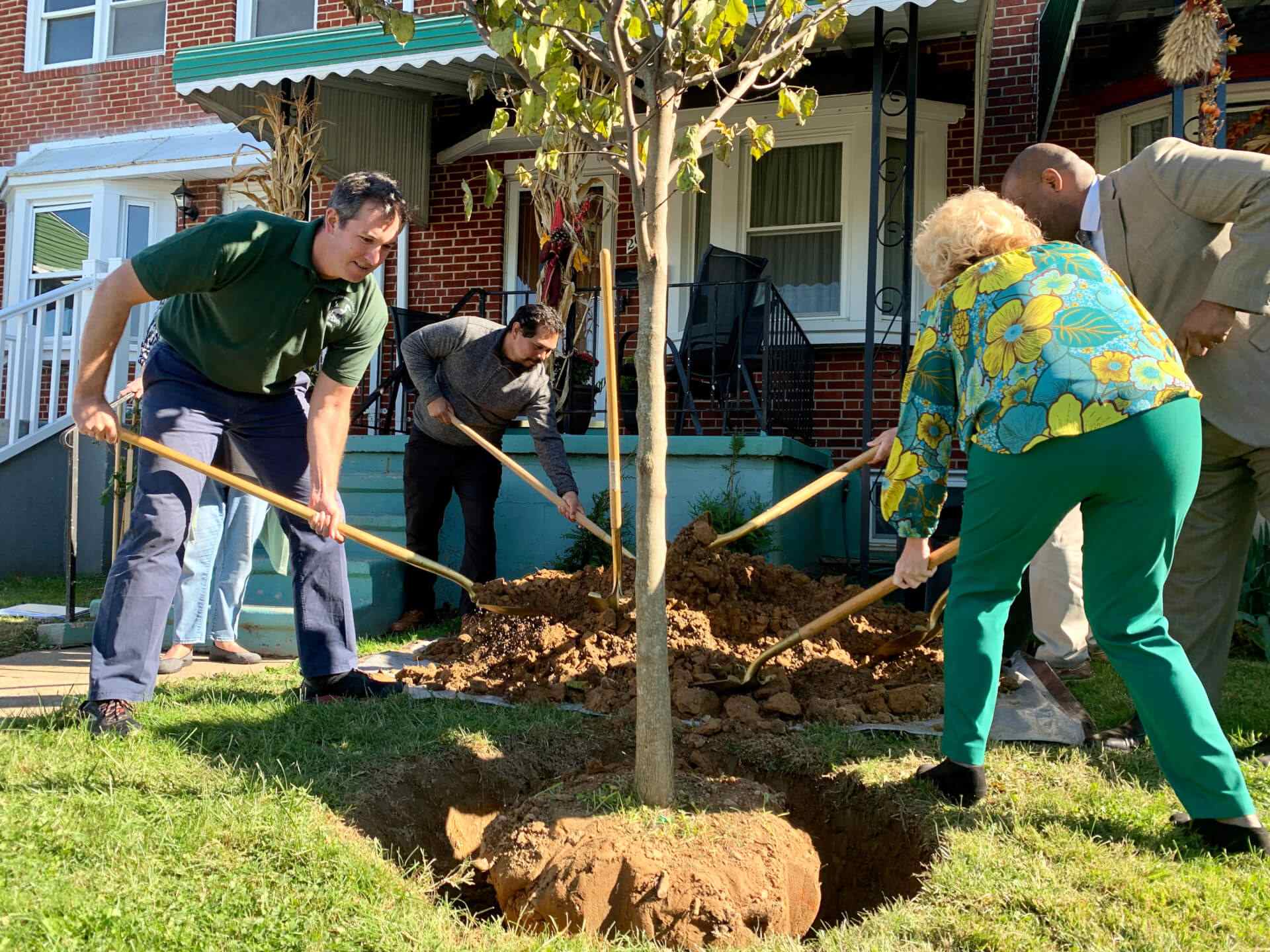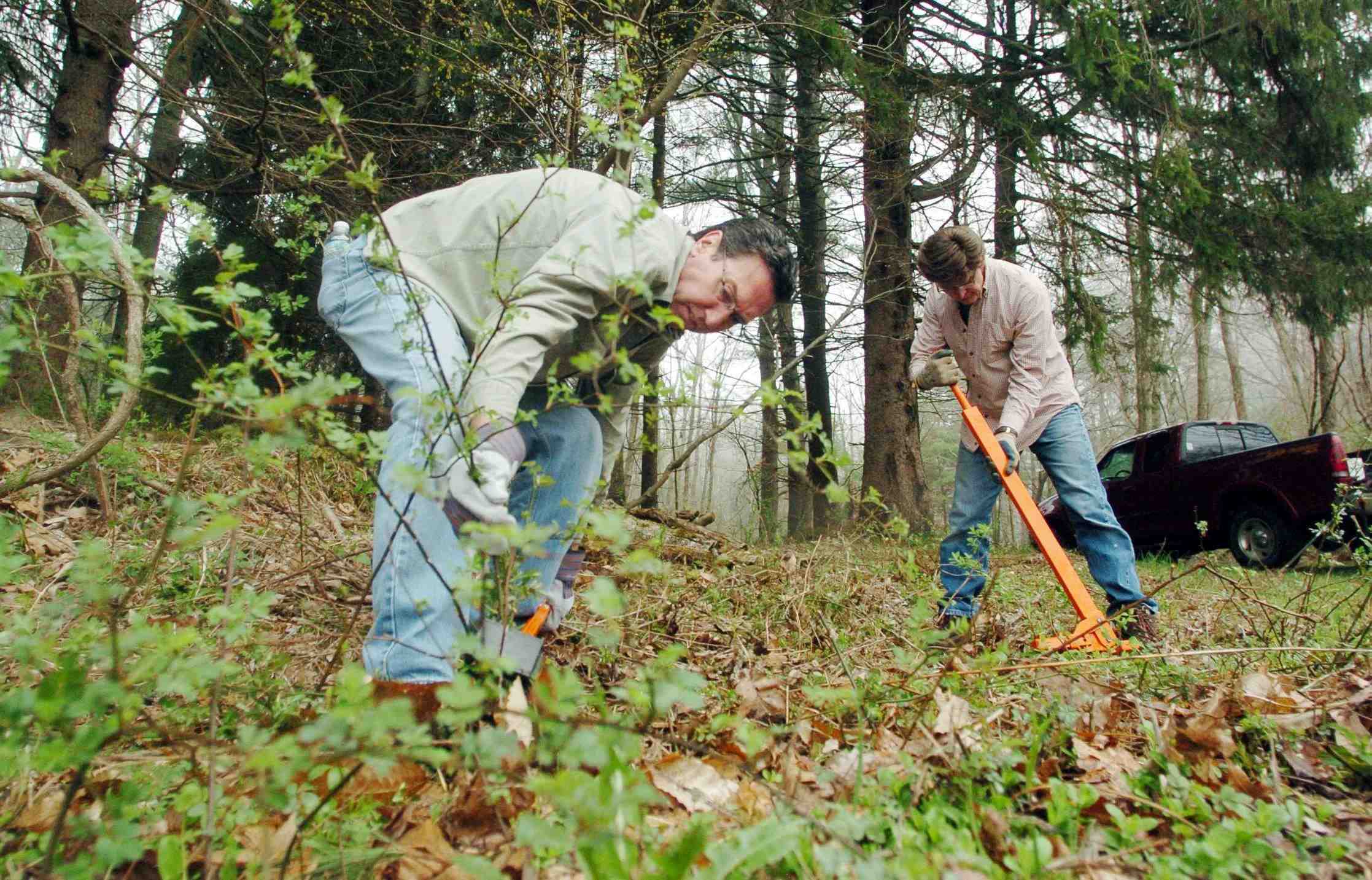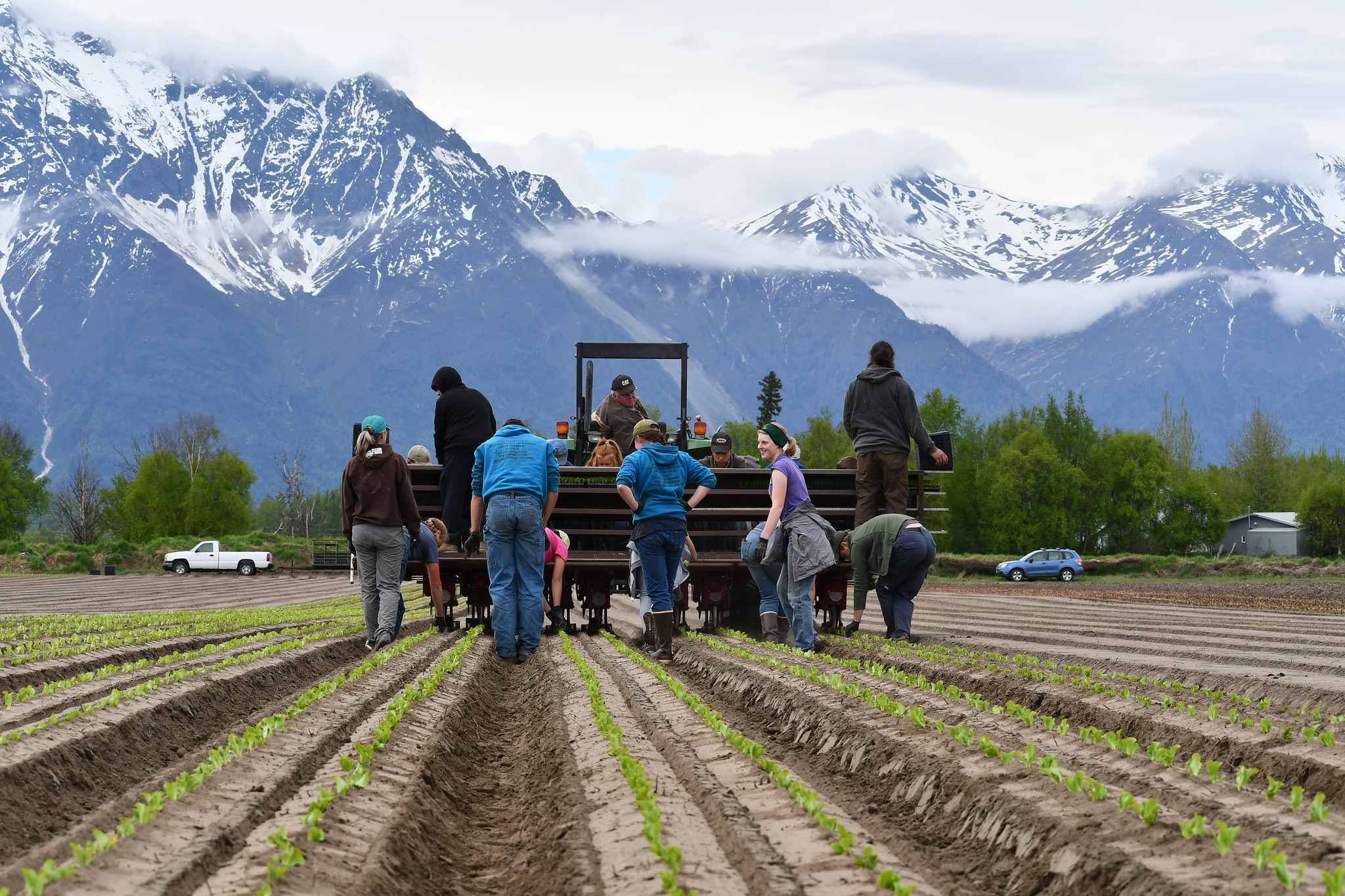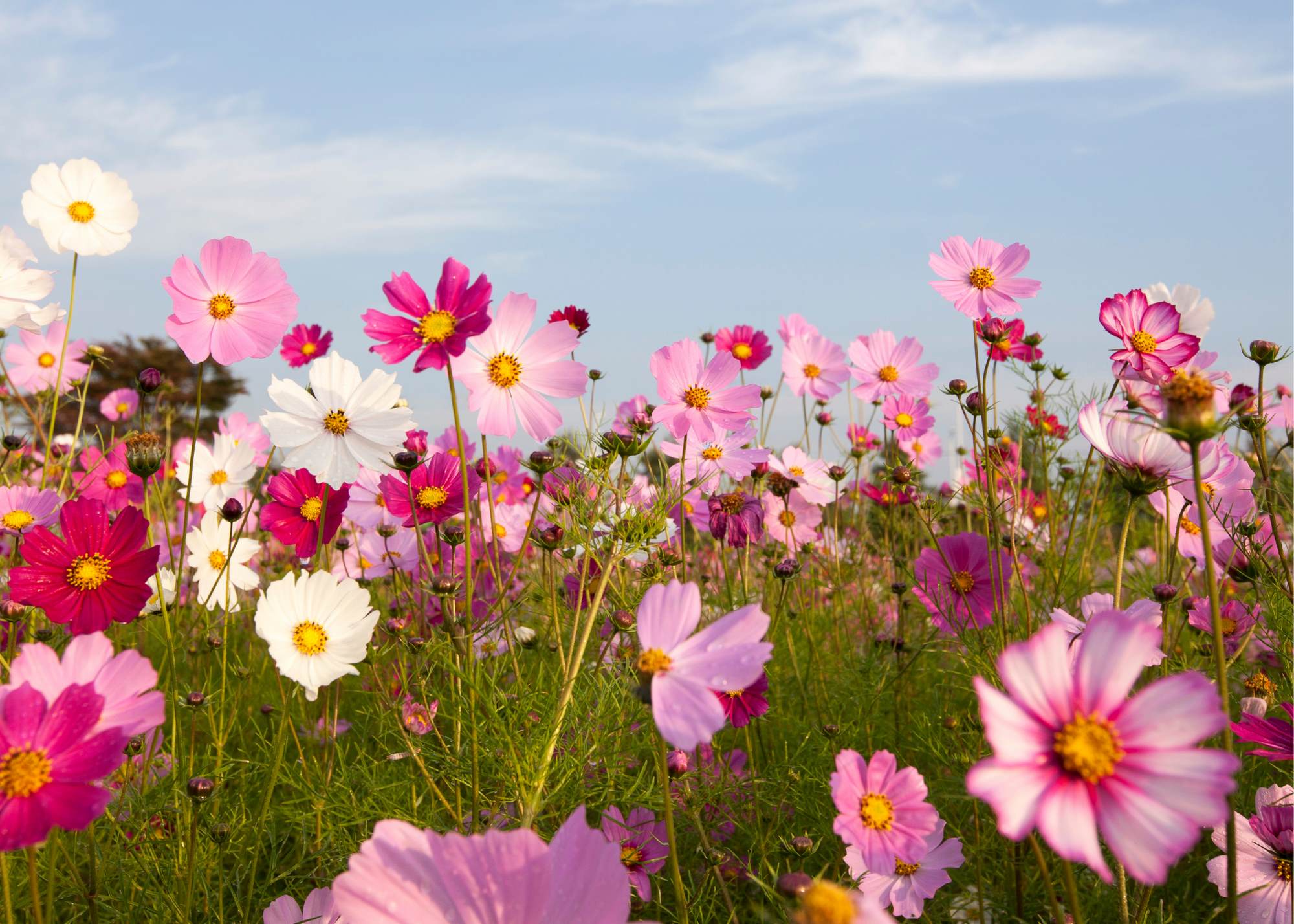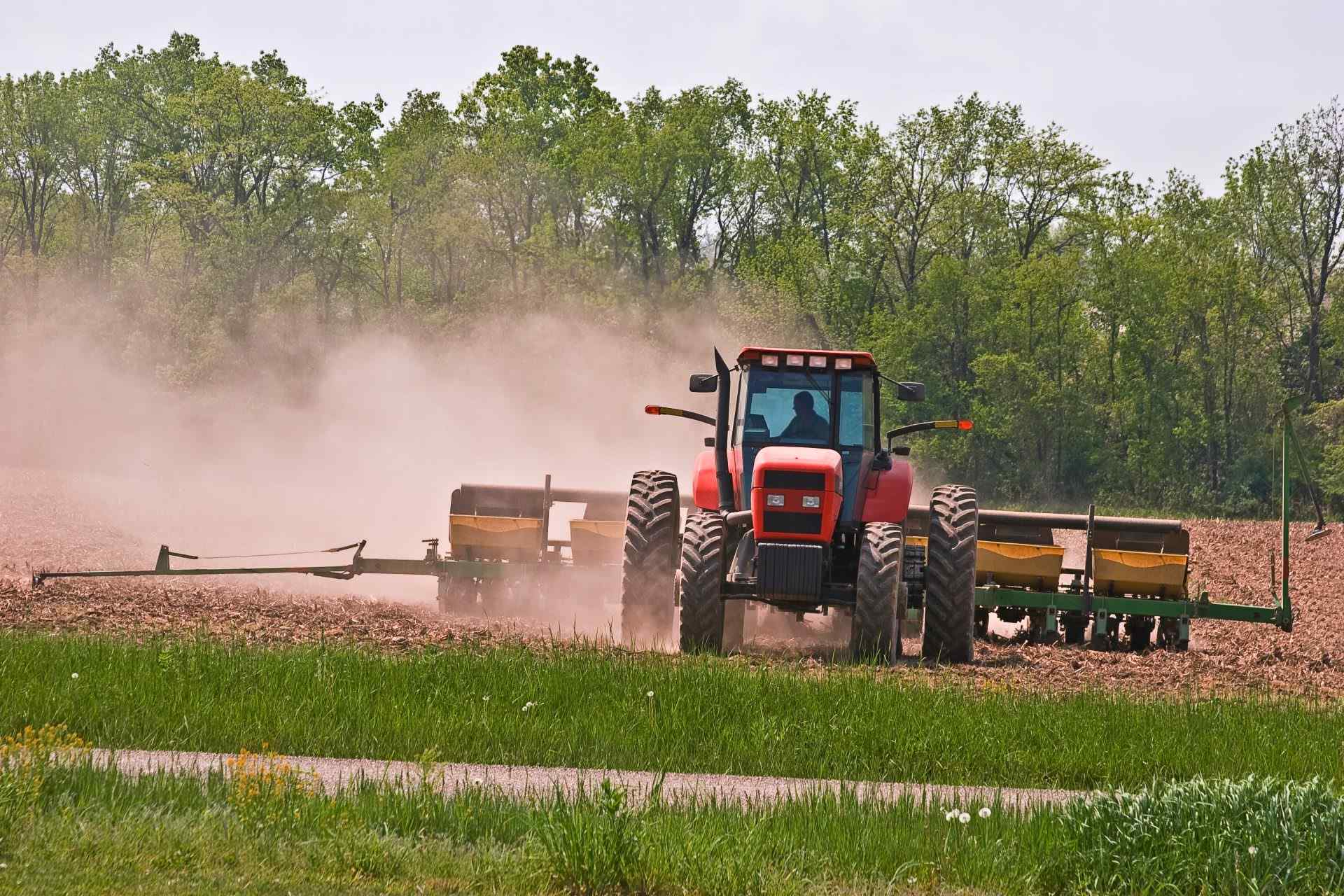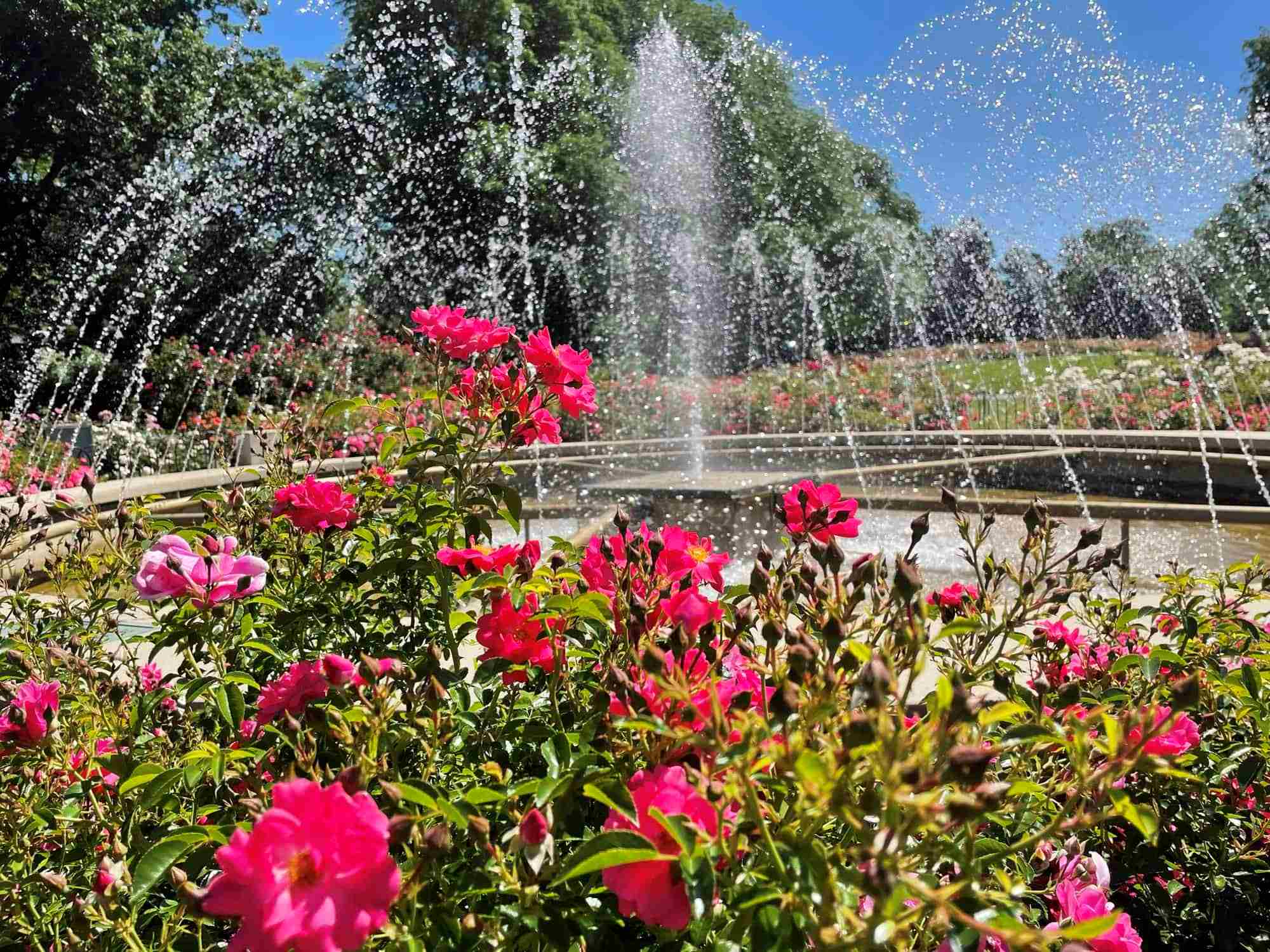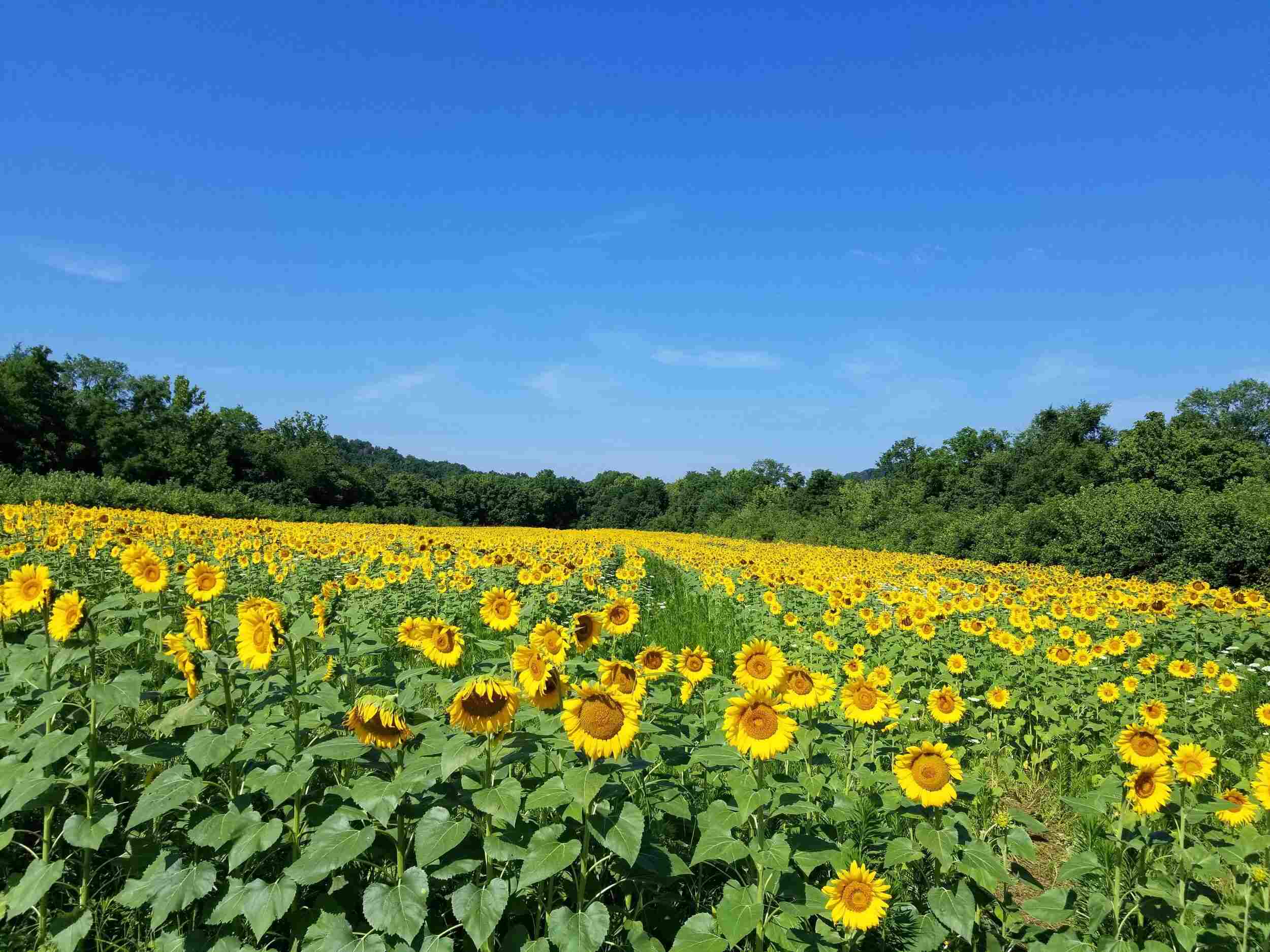Home>Gardening Basics>Understanding Soil>What Planting Zone Is D.C.
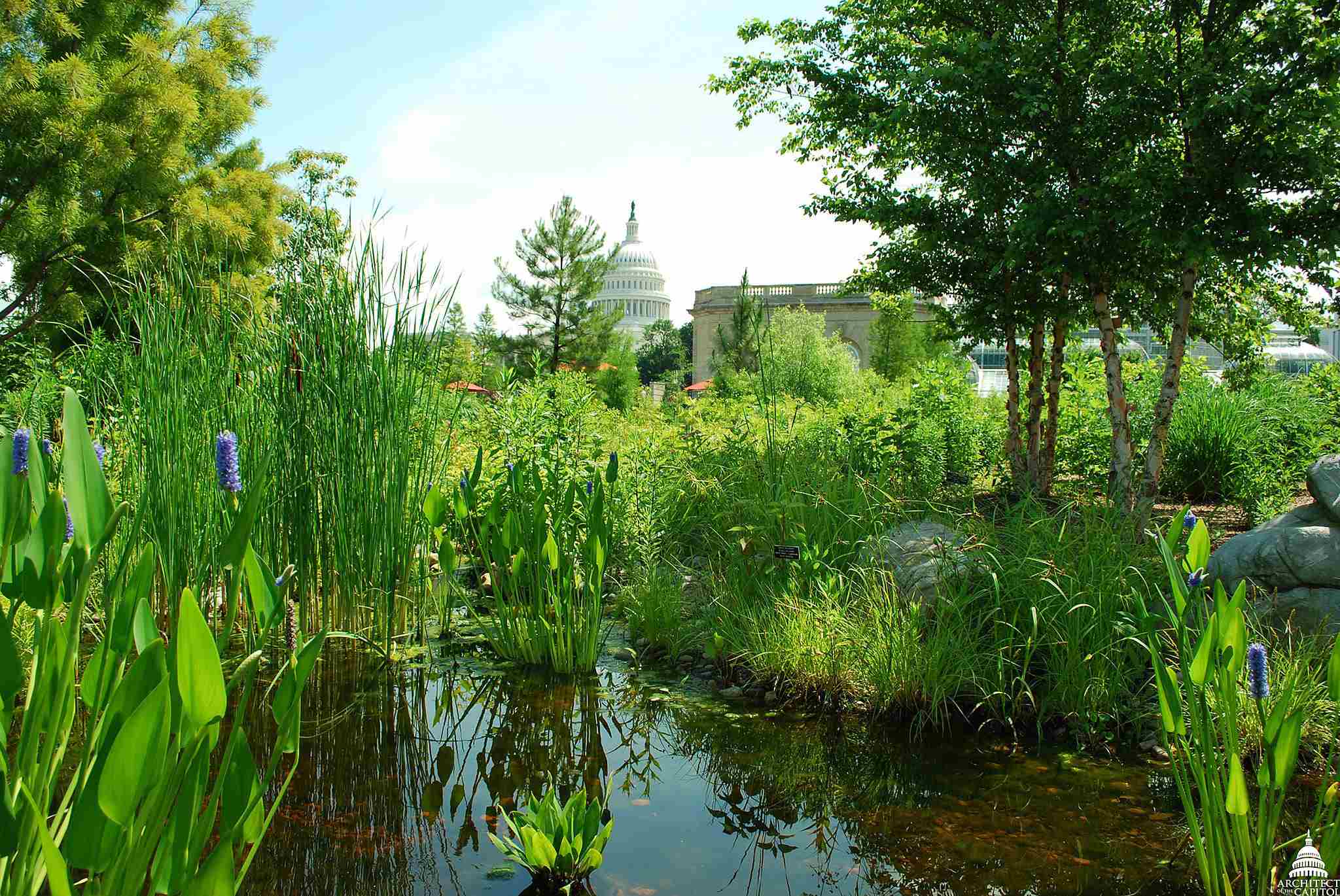

Understanding Soil
What Planting Zone Is D.C.
Modified: January 22, 2024
Learn about understanding soil and what planting zone is DC. Find out how to optimize your garden based on the soil conditions in the area.
(Many of the links in this article redirect to a specific reviewed product. Your purchase of these products through affiliate links helps to generate commission for Chicagolandgardening.com, at no extra cost. Learn more)
Table of Contents
Introduction
When it comes to gardening and landscaping, understanding the planting zones specific to your area is essential for successful and thriving plants. This is especially true in Washington DC, where the climate and geography play a significant role in determining the ideal conditions for different types of plants.
Washington DC, the capital of the United States, experiences a variety of weather patterns throughout the year. From hot and humid summers to cold and snowy winters, the city’s unique climate requires careful consideration when choosing plants for your garden.
In this article, we will explore the planting zones in Washington DC, also known as the plant hardiness zones, and discuss the factors that influence these zones. We will also provide a list of common plants that are well-suited for the DC planting zone. So, whether you are an avid gardener or a beginner looking to beautify your outdoor space, this article will serve as a guide to understanding the ideal planting conditions in Washington DC.
Understanding Planting Zones
Planting zones, also known as hardiness zones, are geographical regions that are classified based on the average minimum winter temperature. These zones help gardeners and landscapers determine which plants are most likely to thrive in a particular area.
The United States Department of Agriculture (USDA) developed the plant hardiness zone map, which divides the country into different zones based on temperature ranges. The map is divided into 11 zones, ranging from zone 1 (coldest) to zone 11 (warmest).
Each zone is defined by a specific temperature range, typically in increments of 10 degrees Fahrenheit. For example, zone 5 includes areas where the average minimum winter temperature falls between -20 to -10 degrees Fahrenheit. Knowing your planting zone is crucial, as it helps you select plants that are adapted to your local climate and can withstand the winter temperatures in your area.
Planting zone maps are an essential tool for gardeners and landscapers, as they provide valuable information on the types of plants that are likely to thrive in a given area. By understanding your planting zone, you can avoid planting species that are not well-suited for your climate, saving you time, effort, and money in the long run.
It is important to note that planting zones are not the only factor to consider when choosing plants for your garden. Other factors, such as soil type, sunlight exposure, and moisture levels, also play a significant role in determining a plant’s success. However, the planting zone serves as a useful starting point for selecting appropriate plant species.
Now that we have a basic understanding of planting zones, let’s explore the specific climate and geography of Washington DC, and how these factors influence the planting zone in the area.
Climate and Geography of Washington DC
Washington DC is located in the Mid-Atlantic region of the United States and experiences a humid subtropical climate. The city’s climate is characterized by hot, humid summers and cold winters. Understanding the unique climate and geography of Washington DC is crucial for selecting plants that can thrive in the area.
During the summer months, Washington DC experiences high temperatures, with average highs reaching the 80s and 90s Fahrenheit. The humidity during this time can be quite oppressive, making it important to choose plants that can withstand heat and humidity. Adequate irrigation and proper soil moisture retention are important considerations for maintaining plant health during the summer in DC.
Winters in Washington DC can be quite chilly, with average low temperatures dropping into the 20s and occasionally even the teens Fahrenheit. Snowfall is common during the winter months, and it’s important to select plants that can tolerate colder temperatures and potential snow accumulation.
The geography of Washington DC also influences the gardening and planting conditions in the area. The city is situated on the banks of the Potomac River and is surrounded by the Chesapeake Bay to the east. The proximity to bodies of water can create a moderating effect on temperatures, helping to mitigate extreme temperature fluctuations.
The soil composition in Washington DC varies but is generally characterized as clay, loam, or silt. Clay soils are known for their ability to retain moisture, but they can also become compacted and retain excess water. Loam soils are ideal for gardening, as they are well-draining and retain sufficient moisture. Silt soils are fine-textured and often fertile, making them suitable for growing a variety of plants.
By considering the climate and geography of Washington DC, you can make informed decisions when selecting plants for your garden that can withstand the region’s unique weather patterns and soil conditions.
Plant Hardiness Zones in Washington DC
Washington DC falls within USDA Hardiness Zone 7a. This means that the average minimum winter temperatures in the area typically range from 0 to 5 degrees Fahrenheit. However, it’s important to note that microclimates can exist within the city, influenced by factors such as urban heat island effect, proximity to bodies of water, and elevation.
The plant hardiness zone information is crucial for determining which plants are likely to thrive in Washington DC. Zone 7a indicates that plants adapted to this zone can tolerate cold temperatures and occasional snowfall during the winter months. It’s essential to select plants that are tolerant of this zone or lower to ensure their survival through the winter.
Some common plants that thrive in Zone 7a include azaleas, camellias, Japanese maples, and various types of evergreens. These plants are well-suited to the climate and can add beauty and color to your garden throughout the year.
However, it’s important to remember that while hardiness zones provide a general guideline for plant selection, other factors such as microclimates, sunlight exposure, and soil conditions can also impact a plant’s ability to thrive in a specific area. Therefore, it’s essential to assess these additional factors when choosing plants for your garden in Washington DC.
Hardiness zones also help gardeners determine the best time to plant different types of crops. Understanding the average frost dates in your area can guide you in determining when to start seedlings indoors or transplant them outdoors.
Keeping abreast of any changes or updates to the plant hardiness zone map is also important. As climate patterns shift over time, the USDA periodically updates the map to reflect these changes. It’s recommended to check for the most recent information to ensure that the plants you choose are suitable for the current climate conditions in Washington DC.
Factors Affecting Planting Zone in DC
Several factors can influence the specific planting zone within Washington DC. Understanding these factors can help gardeners make informed decisions about the types of plants that are likely to thrive in their specific location.
1. Microclimates: Microclimates refer to localized climate conditions that can differ from the surrounding area due to factors such as elevation, proximity to buildings or bodies of water, and the urban heat island effect. In Washington DC, microclimates can be created by tall buildings, which provide shade and affect temperature and wind patterns. It’s important to consider the microclimates within your garden and select plants accordingly.
2. Sunlight Exposure: The amount of sunlight a particular area receives can greatly impact plant growth. Some areas of Washington DC may have more shade due to nearby trees or buildings, while others may have full sun exposure. It’s important to assess your garden’s sunlight conditions and choose plants that are suited for either shade, partial shade, or full sun accordingly.
3. Soil Conditions: The soil composition can vary within different areas of Washington DC. While the city generally has clay, loam, or silt soils, the specific composition and fertility can differ. It’s essential to understand the soil conditions in your garden and choose plants that are adapted to those specific soil types.
4. Moisture Levels: The availability of water and moisture in the soil is crucial for plant growth and survival. Some areas in Washington DC may have higher levels of moisture due to their proximity to bodies of water, while others may have drier soil conditions. Understanding the moisture levels in your garden can help you select plants that are suited to those conditions, whether they require more water or are drought-tolerant.
5. Urbanization: The urban environment of Washington DC can impact planting zones. Urban heat island effect, which refers to the higher temperatures experienced in built-up areas, can create warmer microclimates within the city. This can affect the overall temperature range and potentially expand the planting zone in certain areas.
By considering these factors, you can better understand the variations within the planting zones within Washington DC and make informed decisions about which plants are most suitable for your specific gardening location.
Common Plants for DC Planting Zone
Washington DC’s hardiness zone of 7a offers a wide range of plant options for gardening enthusiasts. With the proper selection, you can create a beautiful and thriving garden that enhances your outdoor space. Here are some common plants that are well-suited for the planting zone in Washington DC:
- Azaleas: Azaleas are a popular choice for DC gardens as they add a burst of vibrant color. These flowering shrubs thrive in acidic soil and partial shade, making them a perfect fit for many gardens in the region.
- Camellias: Camellias are another excellent choice for Washington DC gardens. These evergreen shrubs produce stunning, showy flowers in various colors. They prefer partial shade and well-drained soil.
- Japanese Maples: Japanese maples are prized for their stunning foliage colors, ranging from vibrant reds to golden yellows. These trees are well-suited for smaller gardens and can thrive in partial shade. They require well-drained soil and regular moisture.
- Boxwoods: Boxwoods are versatile evergreen shrubs commonly used for hedging or creating borders in gardens. They can tolerate a wide range of growing conditions and are highly adaptable to different soil types. Boxwoods are also known for their dense foliage and can provide year-round interest in your garden.
- Hostas: Hostas are shade-loving perennials that are perfect for adding texture and lushness to your garden. With their vibrant foliage and ability to thrive in shade, they are an excellent choice for under tree canopies or areas with limited sunlight.
- Hydrangeas: Hydrangeas are beloved for their large, showy flower heads and ability to thrive in a wide range of climates. They can tolerate both sun and shade but prefer partial shade in Washington DC. With proper care, they can add a touch of elegance and charm to your garden.
- Daylilies: Daylilies are hardy perennials known for their colorful and long-lasting flowers. These low-maintenance plants can thrive in various soil types and light conditions, making them an excellent addition to any garden in Washington DC.
- Black-eyed Susans: Black-eyed Susans are native perennials that are well-suited for Washington DC’s climate. These bright yellow flowers with dark centers add a cheerful touch to any garden and are known to attract butterflies and pollinators.
- Crepe Myrtles: Crepe Myrtles are small to medium-sized trees that produce vibrant summer flowers in shades of pink, white, and purple. These heat-tolerant and drought-resistant trees are an excellent option for adding color and beauty to your garden.
- Ornamental Grasses: Ornamental grasses, such as fountain grass and switchgrass, can add texture and movement to your garden. These grasses are well-adapted to the climate of Washington DC and can provide year-round interest.
These are just a few examples of the many plant options available for Washington DC’s hardiness zone. It’s always a good idea to consider your specific garden conditions, such as sunlight exposure and soil moisture, to select the most suitable plants that will thrive in your space.
Conclusion
Understanding the planting zone and climate of Washington DC is essential for successful gardening and landscaping. By considering factors such as the specific hardiness zone, climate, geography, and microclimates, gardeners can make informed decisions when selecting plants for their outdoor spaces.
Washington DC falls within hardiness zone 7a, indicating that the area experiences average winter minimum temperatures ranging from 0 to 5 degrees Fahrenheit. This information is crucial for selecting plants that can tolerate the cold winters and occasional snowfall in the region.
The climate of Washington DC is characterized by hot, humid summers and cold winters. These weather patterns, along with the city’s proximity to bodies of water and its unique geography, influence plant growth and selection.
It’s important to consider microclimates, sunlight exposure, soil conditions, and moisture levels when choosing plants for your garden. These factors can vary within the city and can impact the success of your plants.
By choosing plants that are well-suited for Washington DC’s hardiness zone and considering the specific conditions of your garden, such as sunlight and moisture levels, you can create a beautiful and thriving outdoor space.
Remember, the planting zone is a valuable starting point for selecting appropriate plants, but it’s also essential to consider the individual needs and requirements of each plant, such as water requirements, soil pH, and sunlight preferences.
With the right plant selection and proper care, you can create a vibrant and flourishing garden that adds beauty and charm to your Washington DC home. Happy gardening!
